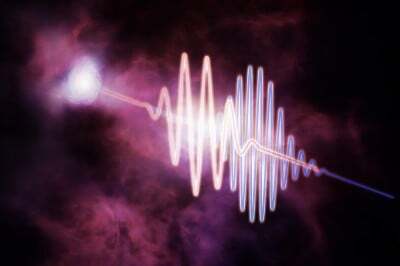Newswise — Cambridge, MA— A new landmark study has pinpointed the location of the Universe’s “missing” matter, and detected the most distant fast radio burst (FRB) on record. Using FRBs as a guide, astronomers at the Center for Astrophysics | Harvard & Smithsonian (CfA) and Caltech have shown that more than three-quarters of the Universe’s ordinary matter has been hiding in the thin gas between galaxies, marking a major step forward in understanding how matter interacts and behaves in the Universe. They’ve used the new data to make the first detailed measurement of ordinary matter distribution across the cosmic web.
“The decades-old ‘missing baryon problem’ was never about whether the matter existed,” said Liam Connor, CfA astronomer and lead author of the new study. “It was always: Where is it? Now, thanks to FRBs, we know: three-quarters of it is floating between galaxies in the cosmic web.” In other words, scientists now know the home address of the “missing” matter.
And this is just the beginning for FRB cosmology. “We’re entering a golden age,” said Ravi, who also serves as the co-PI of Caltech’s Deep Synoptic Array-110 (DSA-110). “Next-generation radio telescopes like the DSA-2000 and the Canadian Hydrogen Observatory and Radio-transient Detector will detect thousands of FRBs, allowing us to map the cosmic web in incredible detail.”
The study is published today in Nature Astronomy.


